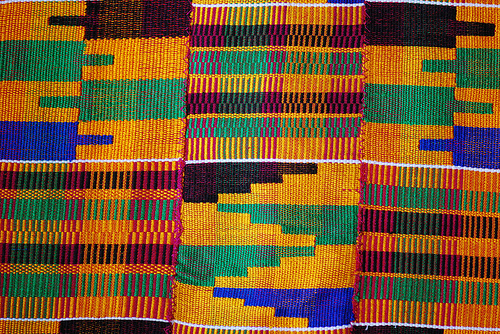Even though Muslims were not controlled by one political unit Islamic civilization flourished. Muslim rulers built big cities where scholars and artists made advances in many areas. Not only did Islam spread, the language of Arabic did too. Cultures that did not have a written language, could now keep records and pass down their history. Around the 8th century, Arabic became the language of scholarship and science throughout Muslim lives.
Mathematics was studied greatly by Muslims. They based their work in part on ideas from India and classical Greece. Muslims adapted what they learned, but they also added their own contributions. The Muslims also spread the Indian concept of zero. Imagine if we did not have the number zero. It would be hard to tell the difference between 123 and 1,230. Even though zero does not seem very important, there are a lot of uses form it.

Calligraphy:
Calligraphy was the highest form of decoritive art for Muslims. When Muslims started writing the Qur' an, they felt that only worthy to record the words of God.Calligraphers used sharpened bamboo dipped in ink to write on paper. It originated in the Arabian Peninsula.
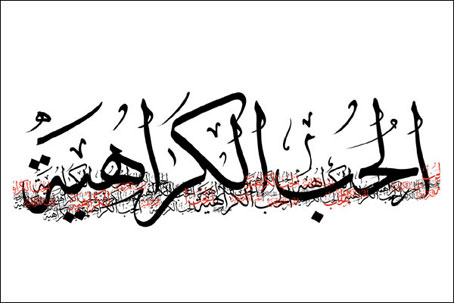
Chess:
Chess is a battle of wits in which players move pieces on a checkerboard board. Each player has a small army of pieces, including the King. To win you must checkmate the opponents king. To checkmate, means that the knig cannot move without being caputred. Chess was most likely invented in India. Persians introduced this game to the Muslims in the mid 600s.

There were several centers of music in the Islam world, including Baghdad and Damascus. A talented musician and singer from Baghdad named Ziryab established Europe's first conservatory, or music school. Although many people don't listen to this kind of music anymore, it still influenced later musical forms in Europe and North Africa.
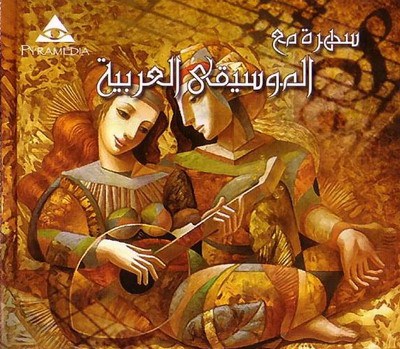
Medicine:
Many Muslims made some of their most important contributions in the field of medicines. They learned a great deal from the ancient Greeks, Mesopotamians, and Egyptians. Did you know that Muslim doctors established the worlds first hospital? They gave their patients remedies made from herbs, plpants, animals, and minerals. Back then anyone who needed treatment could get, because the government paid for all the medical expenses.
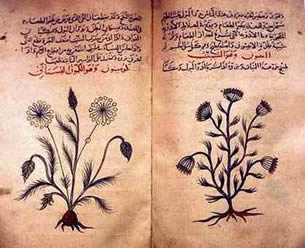
Muslim Trade Routes
Muslim trade routes were established in Asia, Europe, and Africa.
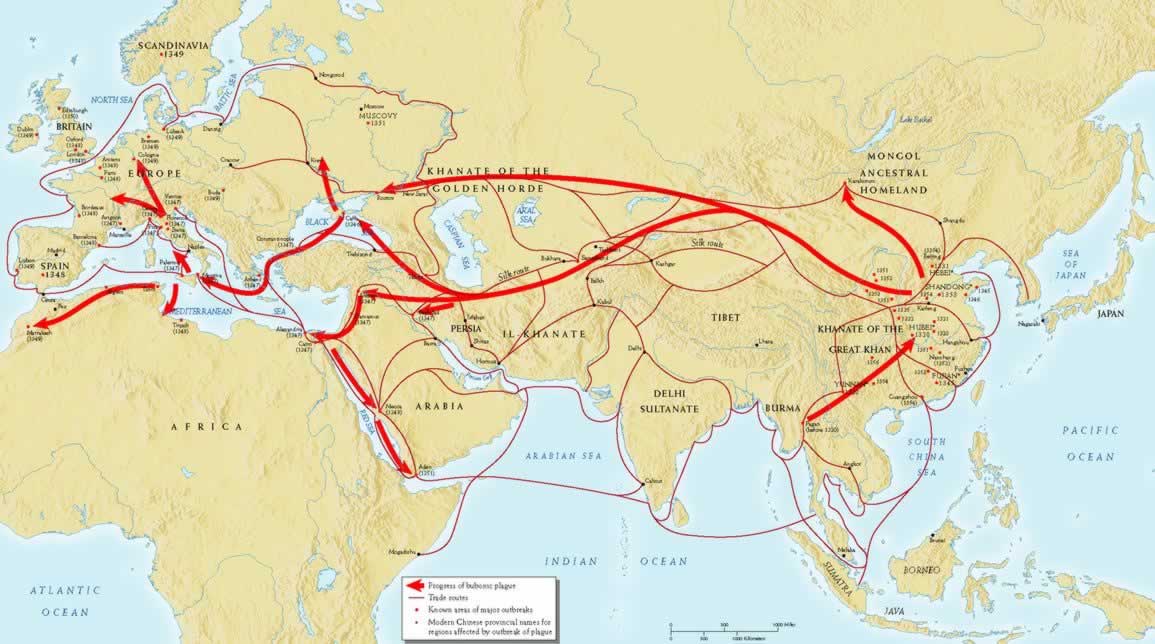
West Africans
For centuries, the beliefs, values, and knowledge of West Africians were passed down orally from one generation to the next. A griot, or storytellers, continue the oral traditions of the West African culture. Long before written history, griots kept the memory of the past alive. After Islam spread to West Africa, written tradition became more important.
West African Music and Visual Arts
Call and Response:
Call and response is a common style of music in West Africa. In call and response, a leader plays or sings a short phrase, known as the call. Then a group of people answer by playing or singing a short phrase, the respnse. Enslaved Africans brought the call and response to America to ease the burden of hard work, celebrate social events, and to express outrage.

Dancing:
In West Africa dance is just as important as singing and drumming. West Africians perform dances for all sorts of accasions. They also perform dances to seek the help of spirits and to connect with dead ancestors. Dance movements often reflect the conditions where people live in. For example if the dancers lived in the forest they would move as if they were finding their wat through the undergrowth.
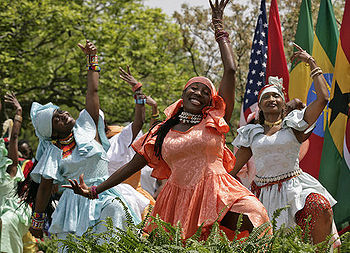
Masks:
Wooden masks have been a part of West African history for centuries. These mask were worn during ceremonies, performances, and in scared rites. Just like sculptures, masks were used to bring gods and ancestors into the present. West African masks are very expressive and have a lot of detail.
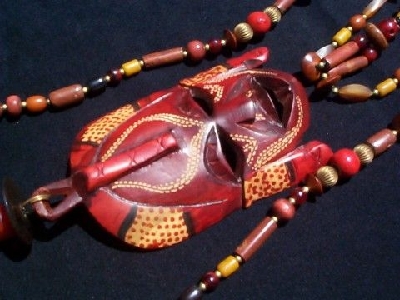
Textiles:
West Africans have a long tradition of making textiles. Three well known types of West African textiles are stamped fabrics, story fabrics, and kente cloth. A technique called applique helps make story fabrics. The most famlous type of textile is the kente cloth. The influence of West African textiles can be seen in quilts. Today, kente cloth is worn all around the world.
